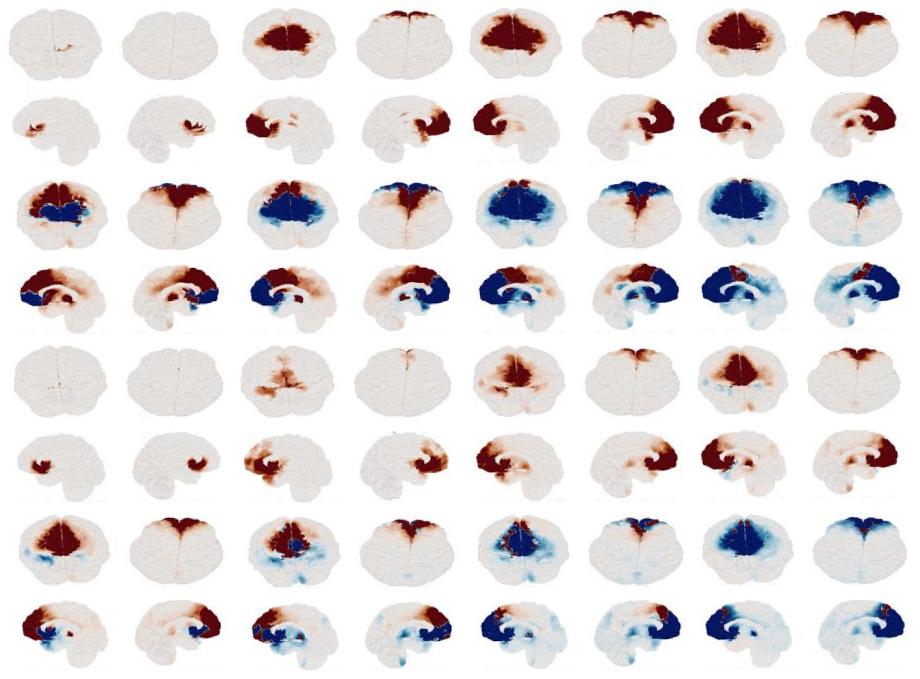- Press Release
HBP scientists have developed personalised brain models to improve the treatment of depression
13 April 2022
A novel, high-resolution, personalised model of Deep Brain Stimulation for patients suffering from depression has been developed by scientists of the Human Brain Project (HBP) and colleagues. The models aim to improve the treatment of depression by allowing clinicians to preview in a virtual environment how patients might respond to brain stimulation.

Adapted from An et al. Neuroimage 2022
Deep Brain Stimulation (DBS) is an invasive procedure carried out to treat patients with neurological and psychiatric conditions who are resistant to other forms of treatment. Electrodes are inserted into the brain and targeted pulses of electrical current are administered to patients. Generic brain stimulation models have been previously developed for Parkinson's disease, but this is the first time researchers have used this approach to model the response to DBS of patients with depression.
Despite improvements in the surgery and electrode placement, DBS in treatment-resistant depression currently has a success rate of approximately 50%. “The design space for DBS treatment is often very big, with many variables to consider. Treatments involve adjustment of the stimulation parameters over time and then waiting to see if the symptoms improve,” explains Jan Fousek from the Institut de Neurosciences des Systèmes in Marseille (INS), one of the authors of the study. “Modelling a virtual brain, tailored to each patient, that simulates their response to DBS could improve the efficacy of the procedure”.
The researchers have developed the models in The Virtual Brain - the neuroinformatics platform for constructing and simulating brain network models in EBRAINS. They are built based on the individual EEG and structural MRI data of the patient. EBRAINS provides the necessary computing power for systematic parameter exploration of the high-resolution models, which are the key to success in this DBS study.
“High resolution brain modeling with active tissue properties has been a focus in HBP and is unique to our approach” say two principal investigators of the study Andrea Protzner from the University of Calgary and Viktor Jirsa from INS. “For DBS and electroencephalography we do not necessarily need cellular resolution, but we have to be at least in the mm range to operate effectively, as the brain tissue varies extensively at this scale.”
To calibrate the models, the researchers measured each patient’s brain response to low-frequency stimulation and found out the models were able to replicate the measured response. “Therapeutic stimulation is applied continuously over time at high frequency to control the emotion regulation circuitry” explains Sora An from Ewha Womans University in Korea, the lead author in this study. “Our next step is to improve the tissue model by including more details on the biophysical mechanisms of therapeutic stimulation and then develop clinical applications for DBS based on the models.”
Text by Roberto Inchingolo
Read the full paper
Sora An, Jan Fousek, Zelma H.T. Kiss, Filomeno Cortese, Gwen van der Wijk, Laina Beth Mc Ausland, Rajamannar Ramasubbu, Viktor K. Jirsa, Andrea B. Protzner. High-resolution virtual brain modeling personalizes deep brain stimulation for treatment-resistant depression: Spatiotemporal response characteristics following stimulation of neural fiber pathways, NeuroImage 249 , 1 April 2022, 118848. https://doi.org/10.1016/j.neuroimage.2021.118848
Media contact
Peter Zekert
press@humanbrainproject.eu



